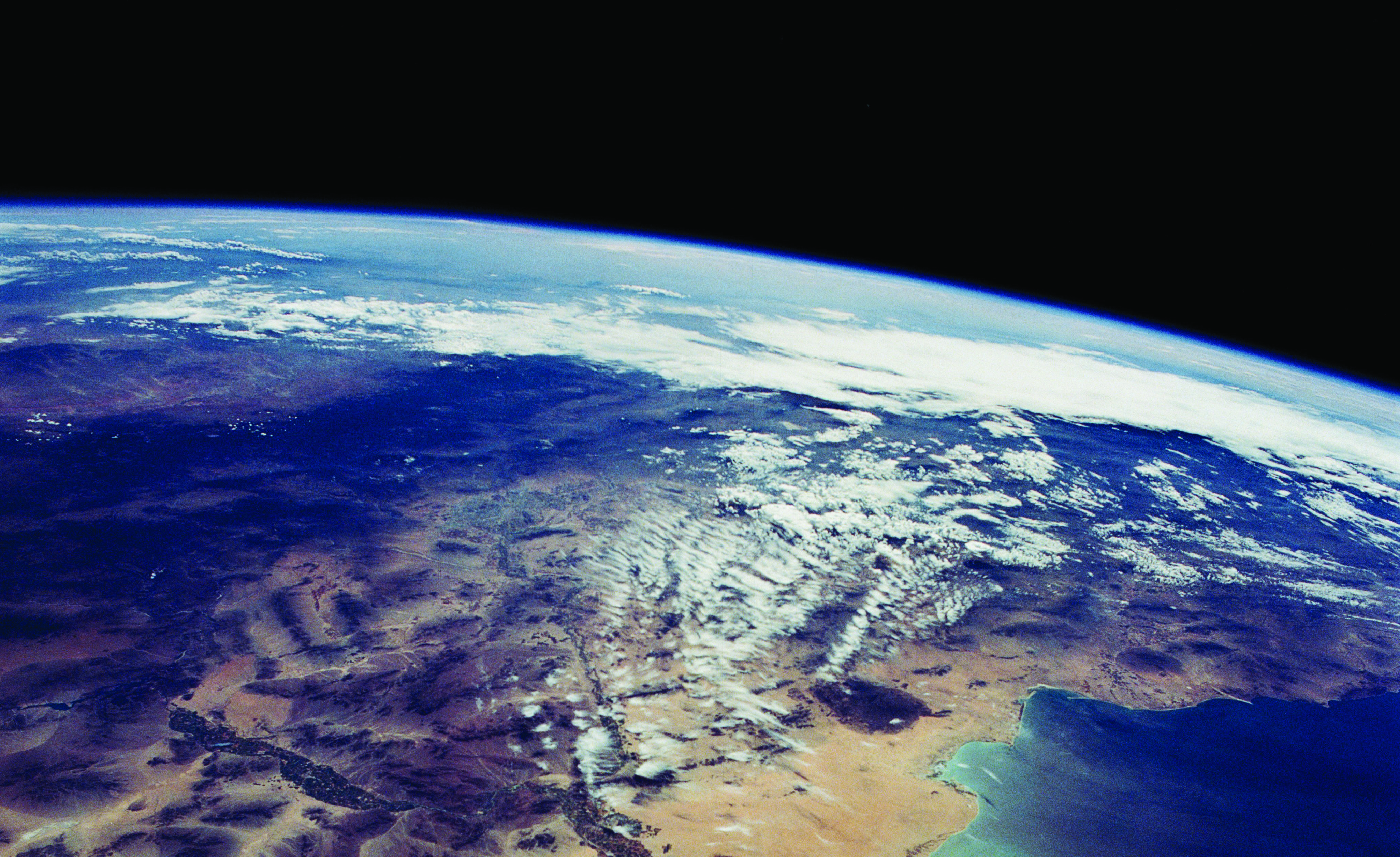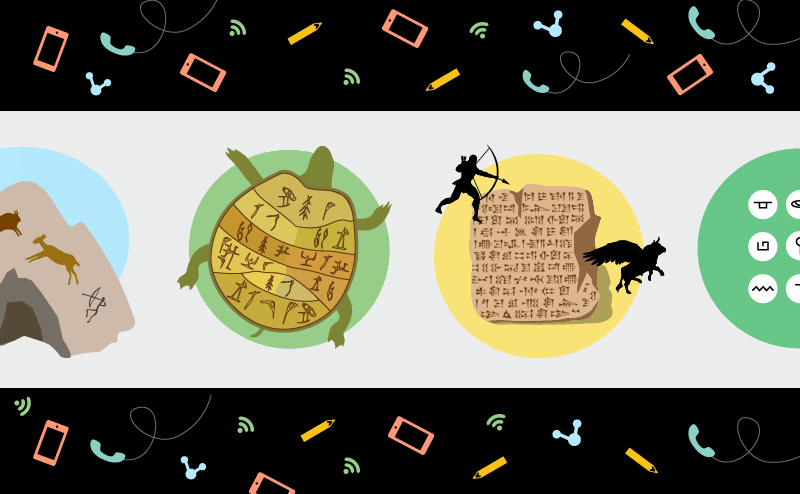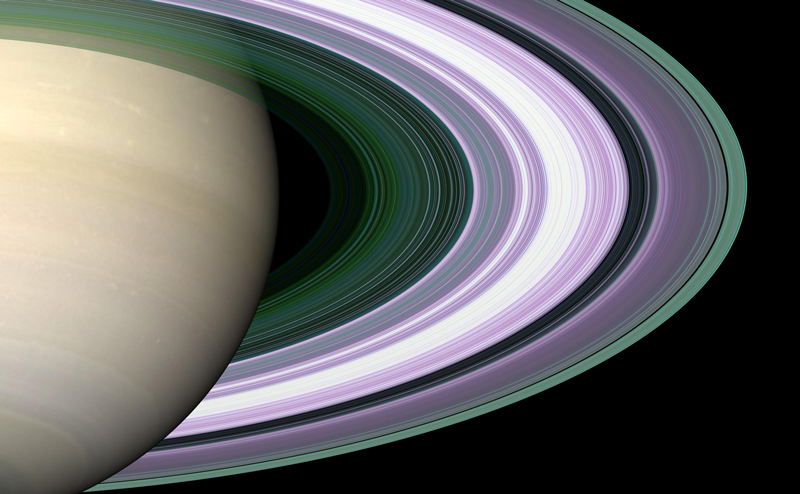Infographics
Spacewalking was forever immortalized in Neil Armstrong’s giant leap from the Apollo Lunar Module to the surface of the moon. But Armstrong was neither the first nor last to spacewalk—in fact, over 200 humans have left their spacecrafts since cosmonaut Alexei Leonov first ventured into the vacuum in 1965. Read on below to learn more about the when, why, and how of stepping into the abyss.
Read MoreHumans have been creating new and innovative ways to share ideas and exchange information for as long as we’ve existed, connecting emojis and Snapchats to cave paintings and symbolic scratches in a deep history of humanity’s inherently social nature. Socializing is even built into our bodies: Modern research has shown that a lack of social connection can be as dangerous for your health as a heavy smoking habit, linking an isolated lifestyle with a long and varied list of maladies including heart attacks, depression, and cancer. And while the nature of our interactions has shifted dramatically since early humans first experimented with symbols some 100,000 years ago, at our core, we humans remain the same profoundly social creatures, always searching for new ways to communicate, cooperate, and truly connect.
Read More
As we say goodbye to 2017, here’s a look back at some of the things that happened on our planet this year.
Read MoreIn all of history, human beings have set foot on only two worlds: our home planet Earth, and its solitary moon. But we’ve explored far beyond our Earthly bounds with the help of orbiters, landers, and probes that sail through the solar system and report back what they find. Since NASA’s Mariner 2 flew by Venus in 1962, every planet in the solar system has been visited by at least one spacecraft, in addition to missions studying asteroids, dwarf planets, the sun, and even the unknown world of interstellar space.
Read MoreWhen NASA launched the Cassini spacecraft to Saturn two decades ago, flip phones were the pinnacle of cellular technology and using the internet required tying up your phone line. In the last 20 years, our technological lives have been revolutionized, and so has our understanding of Saturn, its moons, and our solar system, thanks to Cassini and its probe, Huygens. Perhaps most exciting, the mission has given us new targets in the search for life beyond Earth: its data revealed that the icy surface of Saturn’s moon Enceladus is hiding a liquid-water ocean with hydrothermal vents, deep-sea features that, on Earth, are teeming with life.
Read MoreWhether it’s aurora borealis, horizon-spanning rainbows, or lightning storms, nature knows how to put on a good show. On August 21, 2017, everyone in the United States will get a chance to witness one of nature’s rarer displays, when the moon moves between the Earth and sun in what’s known as a solar eclipse. Want to see it for yourself? Check out our infographic for a full guide to this special event.
Read More














